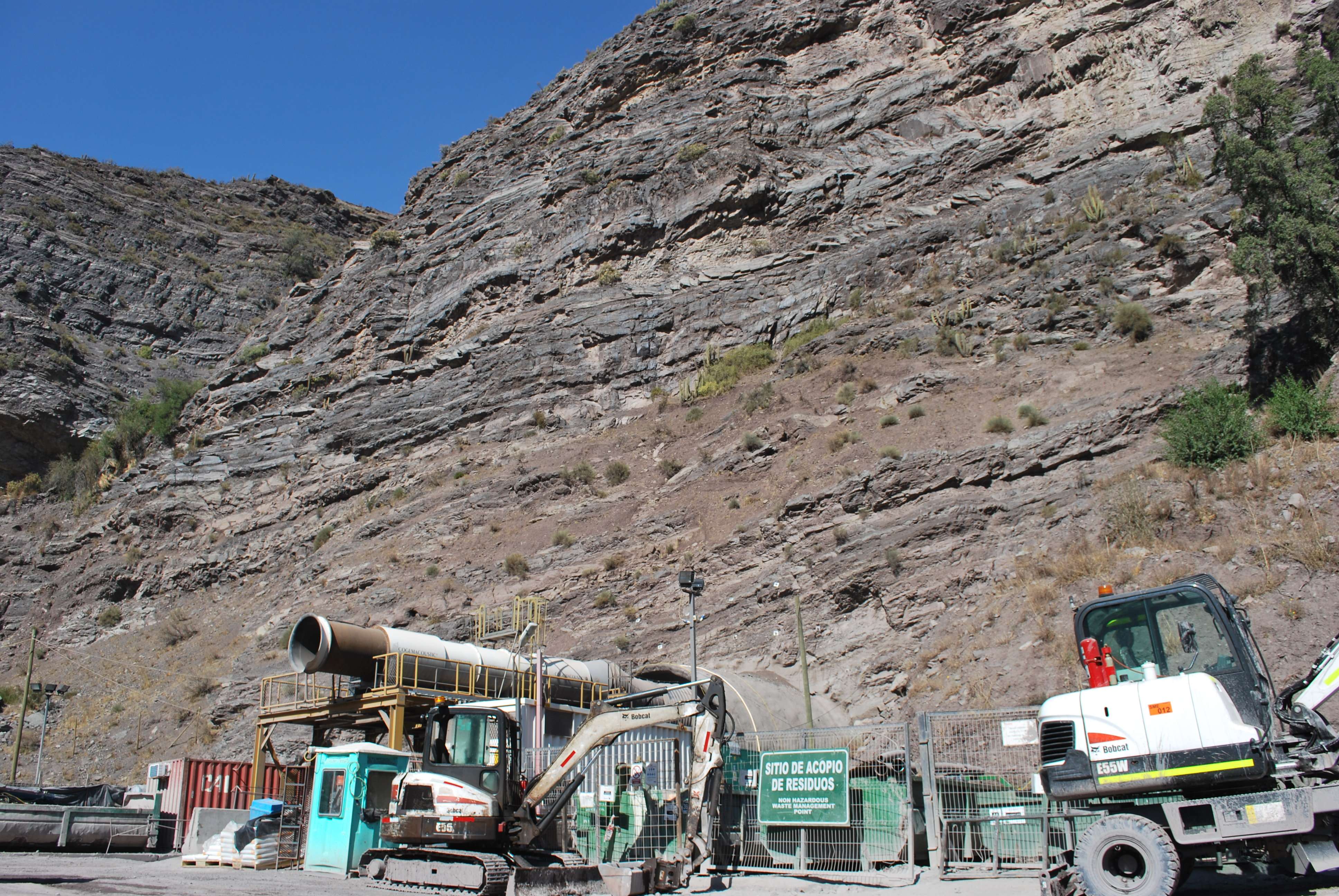With an important contractor exiting the project, more cost overruns, and the recent death of an employee, the Alto Maipo hydroelectric project is facing new crippling challenges

The Alto Maipo Hydroelectric Project (PHAM) is a hydroelectric mega-project near Santiago, Chile, that has repeatedly come under fire for environmental, social, and financial reasons. In the wake of two complaints submitted to the accountability mechanisms of the International Finance Corporation and the Inter-American Development Bank, the project is facing even more challenges.
In May 2017, one of two sub-contractors working on the PHAM halted construction on parts of the project, citing safety concerns based on new studies related to the tunnels through the Andes mountains. The contractor, Constructora Nuevo Maipo (CNM), stated that the tunnel clearing method preferred by developer AES Gener was “not the safest for the conditions of the terrain.” In response, AES Gener claimed the action effectively terminated the contract and attempted to collect the US$76 million guarantee put up by CNM for this contract. Now the two companies will enter into arbitration over this guarantee, as CNM claims it does not have to pay.

The withdrawal of CNM, an Italian-German consortium of CMC Di Ravena and Hochtief, will “imply costs over between 20 and 40 million dollars” for AES Gener and project financiers, said VP of Finance Ricardo Falú. Even though AES Gener recently renegotiated their loans in 2017, they will have to return to the table for additional financing from the multiple development banks who fund the project. Negotiations began July 21, 2017 – just four months after the company renegotiated its loans with international financiers due to major cost overruns and delays. In fact, according to recent reports, the loan default could put the completion of the project at risk.
Additionally, there was a recent labor fatality, on July 26th mechanic Patricio Alberto Urrutia Ubilla, an employee of AES Gener contractor Strabag, died while working on the project. Chile’s labor union SINTEC stated that “accidents of this type are completely avoidable. However, the rush to produce results, the pressure from management and a number of other factors put our lives at risk.”
This statement highlights AES Gener’s clear preference for cheaper, faster project construction regardless of worker safety or environmental protections, which is consistent with criticisms regarding the project and its due diligence processes from the beginning.
AES Gener’s poor project management and blatant infractions of acceptable standards not only puts their workers at risk, but also threatens the environment. Currently, the project is in an open sanction process at Chile’s Superintendence of the Environment (SMA) for violating its commitments and affecting glaciers, including within the El Morado glacier monument, resulting from tunnel construction. The glacier monument is not only a protected area, but if this vital Chilean ecosystem and water supply are affected, they risk exacerbating the impacts of climate change in the region.
Despite the project’s mounting costs and AES Gener’s egregious violations, the Chilean government still favors the Alto Maipo Hydroelectric Project over the demands of Chilean communities calling for “¡No Alto Maipo!” International financiers – including the IFC, IDB, and OPIC – are again being asked to refinance the project and grant AES Gener more slack for repeated problems, whereas CIEL’s Chilean partners and Chilean citizens are calling for bank divestment from the PHAM. Both the government and the banks need to listen to community concerns and recall the numerous environmental and social abuses of the project.
CIEL advocates for increased accountability from AES Gener and international financiers in order to prevent additional negative environmental and social impacts in the Maipo region.
By Olivia Luciani and Kelsey Alford-Jones
Originally posted August 4, 2017
